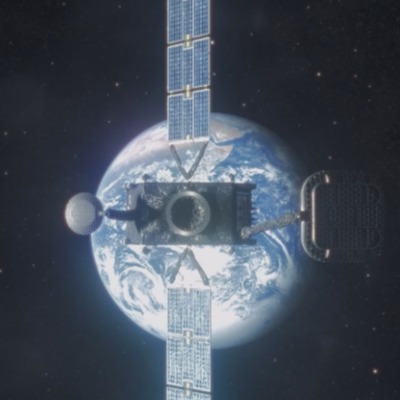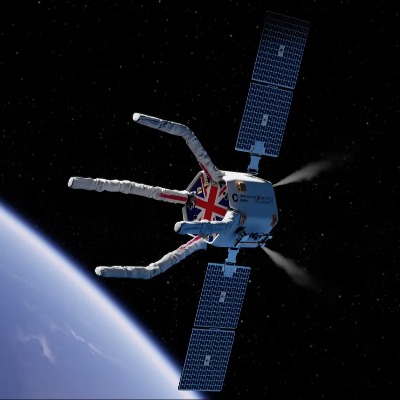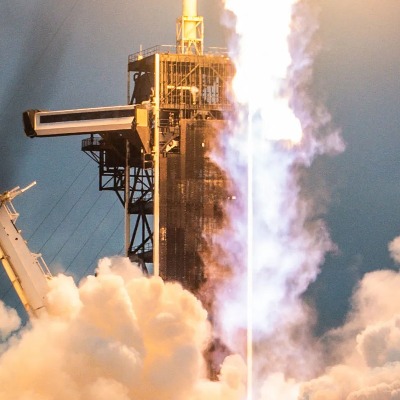NASA Successfully Unfolds Giant Solar Sail In Space

NASA has achieved a significant milestone in space exploration by successfully deploying a massive solar sail in orbit. The solar sail, part of the Advanced Composite Solar Sail System (ACSS) mission, was launched aboard a United Launch Alliance Atlas V rocket in June 2024.
The solar sail, measuring approximately 140 feet by 140 feet, is made of a thin, reflective material that captures sunlight and converts it into thrust. This technology, known as solar sailing, offers a propellant-free method of propulsion, making it ideal for long-duration space missions.
“The advanced composite solar sail system introduces a new way to explore the cosmos,” Nasa said. “Much like a sail boat is propelled by wind, a solar sail spacecraft is pushed by light from the Sun.”
The successful deployment of the solar sail marks a major step forward for NASA's efforts to develop advanced space propulsion technologies. Solar sailing has the potential to revolutionize space exploration, enabling missions to distant planets, asteroids, and comets that would be impractical with traditional rocket propulsion.
“Booms have tended to be either heavy and metallic or made of lightweight composite with a bulky design – neither of which work well for today’s small spacecraft. Solar sails need very large, stable, and lightweight booms that can fold down compactly,” said Keats Wilkie, the mission’s principal investigator at Nasa’s Langley Research Center in Hampton, Virginia.
“This sail’s booms are tube-shaped and can be squashed flat and rolled like a tape measure into a small package while offering all the advantages of composite materials, like less bending and flexing during temperature changes.”
“The Sun will continue burning for billions of years, so we have a limitless source of propulsion. Instead of launching massive fuel tanks for future missions, we can launch larger sails that use ‘fuel’ already available, We will demonstrate a system that uses this abundant resource to take those next giant steps in exploration and science.”said Alan Rhodes, the mission’s lead systems engineer at Nasa’s Ames Research Center in California’s Silicon Valley.
NASA's ACSS mission aims to demonstrate the feasibility of solar sailing for various space applications, including planetary exploration, asteroid deflection, and communication satellites. The successful deployment of the solar sail is a crucial step towards achieving these goals.
The solar sail will now spend several months in orbit, allowing scientists to test its performance and evaluate its potential for future missions. If successful, the ACSS mission could pave the way for the development of larger and more powerful solar sails, opening up new possibilities for space exploration.




